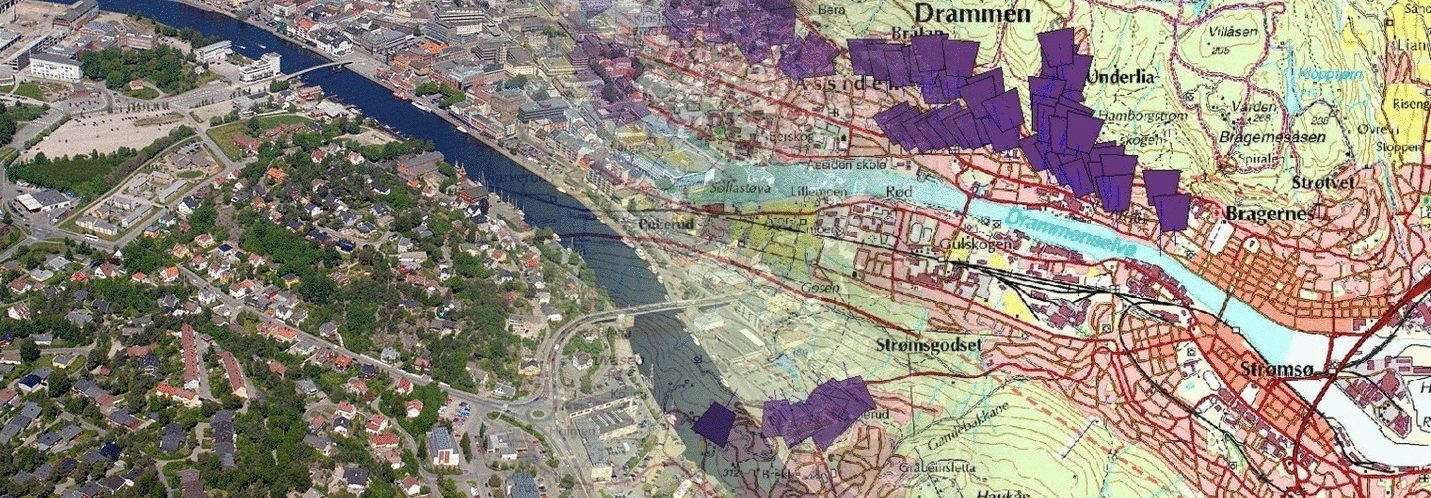Det ser ut til at flere kommuner nå sikrer seg skråfoto, og dette er noe som også privatpersoner viser økende interesse for, særlig når det gjelder “historiske” skråfoto. Hva som anses som viktig varierer betydelig fra person til person.
Jeg ønsker å belyse en situasjon der en privatperson henvendte seg til kommunen med bekymring. Hun opplevde frustrasjon da det ble plassert et parkeringsforbudsskilt på hennes side av veien. Ifølge henne var skiltet feilplassert. Kommunen hevdet imidlertid at de hadde satt opp skiltet der det alltid hadde stått, etter en vedlikeholdsprosess på veien.
Denne saken førte til at privatpersonen måtte bruke betydelig tid og ressurser for å dokumentere at kommunen tok feil. Heldigvis kunne saken løses ved hjelp av skråfoto som viste klart og tydelig at skiltet faktisk var blitt flyttet i forbindelse med veivedlikeholdet. Dette førte til en korreksjon fra kommunens side, og skiltet ble flyttet tilbake til riktig sted.
Det er klart at tilgangen til slike skråfoto er avgjørende for å unngå slike misforståelser og feilplasseringer. Kommuner bør vurdere å ha tilgjengelige skråfoto allerede ved gjennomføring av vedlikeholdsarbeid eller i det minste som en ressurs for å korrigere eventuelle feil tidlig i prosessen.
—————————
It appears that several municipalities are now securing oblique aerial photographs, and this is something that private individuals are also increasingly interested in, especially when it comes to “historical” oblique photos. What is considered important varies significantly from person to person.
I would like to highlight a situation where a private individual contacted the municipality with concern. She experienced frustration when a no-parking sign was placed on her side of the road. According to her, the sign was misplaced. However, the municipality claimed that they had placed the sign where it had always been, following a road maintenance process.
This case led the private individual to spend considerable time and resources documenting that the municipality was mistaken. Fortunately, the matter was resolved with the help of oblique photos, clearly showing that the sign had indeed been moved during the road maintenance. This prompted a correction from the municipality, and the sign was relocated to the correct position.
It is evident that access to such oblique photos is crucial to avoid misunderstandings and misplacements. Municipalities should consider having oblique photos available either during maintenance work or at least as a resource to correct any errors early in the process.
